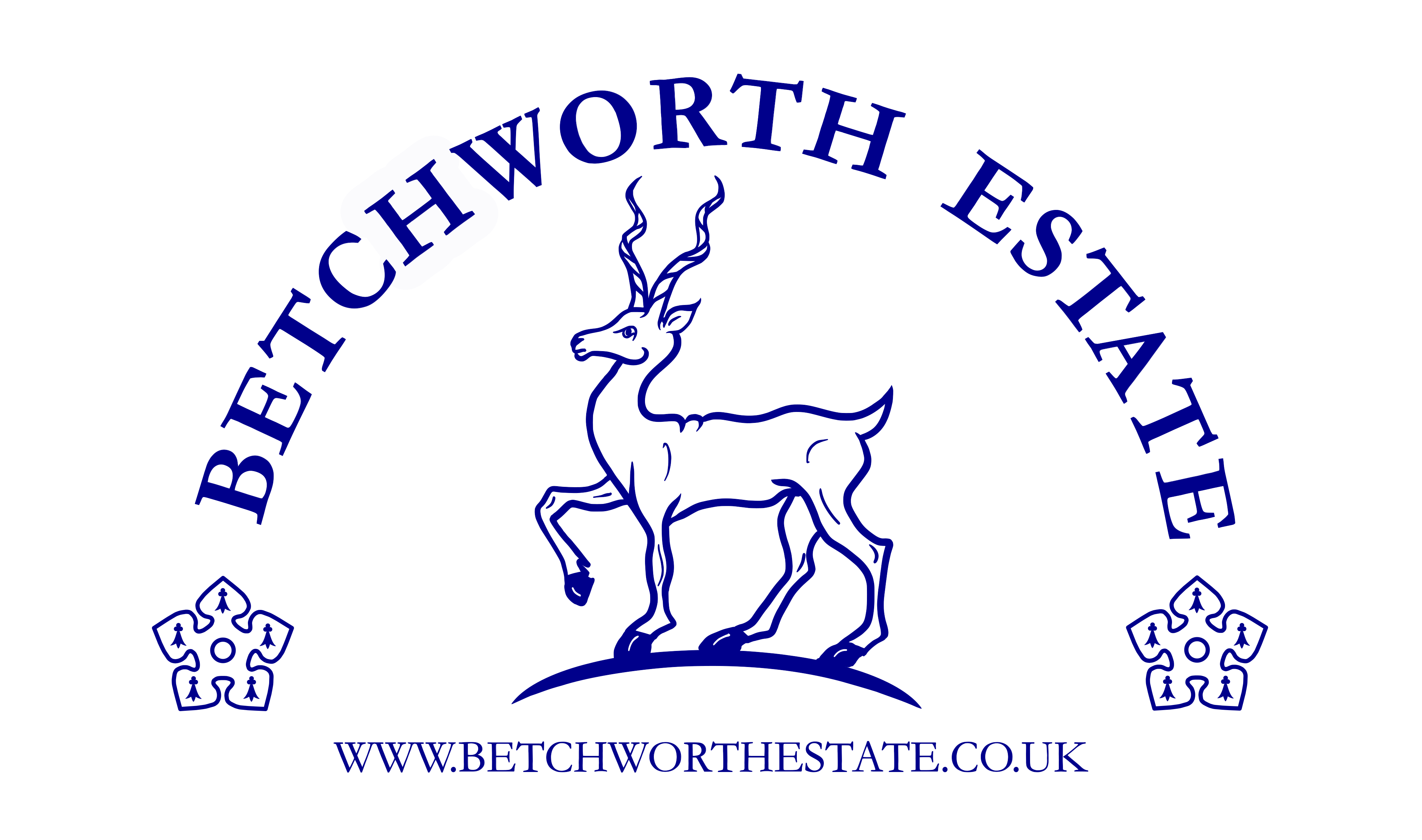The Estate farms some 1,100 acres (445 hectares) of land.
Suckler Beef Herd
We have a suckler beef herd consisting of 4 bulls (pure-bred Aberdeen Angus and/or Simmental) and around 140 cows, many of which were born on the Estate.
Our cattle and calves graze in the fields for as long as possible and are only brought in when leaving them out would damage the ground and soil structure. In the winter, the cattle are fed home-produced silage; their bedding is straw from our arable crops. The used bedding and muck are re-used as organic fertilizer on our arable fields.






